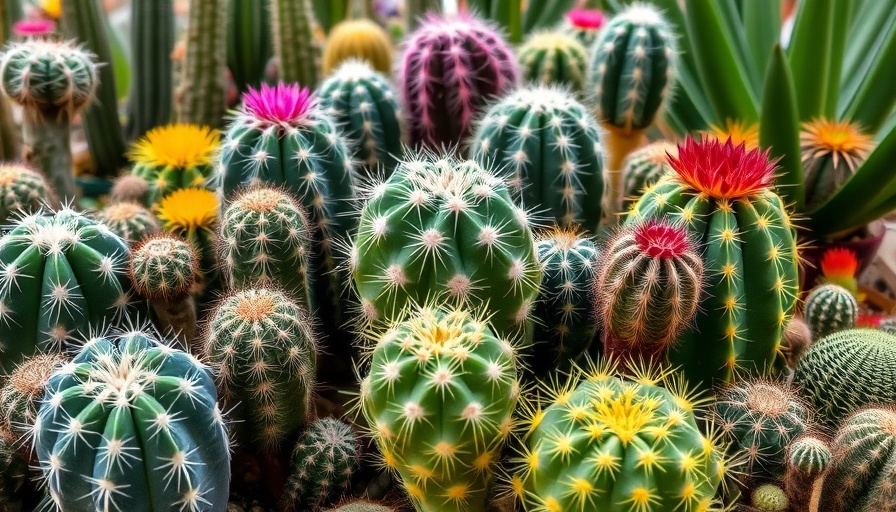
Understanding Why Your Cactus Might Be Going Soft
Cacti are often celebrated for their unique looks and ability to thrive in dry environments, making them a perfect addition to both indoor and outdoor gardens. However, if your favorite cactus has started to feel soft or mushy, it could be a sign of trouble. The good news is that with a little care and attention, you can help your prickly plant bounce back to life. Let’s explore the top reasons cacti go soft and how to remedy these common issues.
5 Primary Reasons Cacti Develop Soft Tissue
To understand how to treat your suffering cactus, we must first identify the core problems. Here are five reasons this softening may occur:
1. Overwatering: The Cactus’s Kryptonite
Overwatering is probably the most common culprit when it comes to cactus issues. These hardy plants have adapted to soak up water quickly after infrequent rainfall, leading to their vulnerability when kept in consistently wet soil. Keep an eye out for signs: mushy sections, yellowing, and drooping are all indicators that you might be offering your cactus a little too much love in the watering department. To avoid this, use a moisture meter to check the soil; it should be absolutely dry before you think about adding more water.
2. Underwatering: A Common Misstep
On the flipside, underwatering can also cause cacti to lose their firm structure. Though cacti are drought-resistant, if you notice your plant developing wrinkles or looking forlorn, it might be time for a deep, thorough watering. Allow the soil to dry out completely before returning to the watering can.
3. Pests and Disease: Sneaky Assailants
Pests such as spider mites or mealybugs can also lead to softening in cactus tissue. These hidden pests feed off of the plant's nutrients, weakening its structure. Keep an eye out for any fuzzy spots or webbing, and treat the infestation promptly with insecticidal soap if necessary.
4. Poor Drainage: The Silent Killer
Good drainage is essential for any cactus; without it, the roots can become waterlogged, leading to rot. Ensure your cactus is planted in a pot with sufficient drainage holes and that the soil mix is appropriate for succulents—often a combination of sand, perlite, or pumice.
5. Cold Damage: Know the Risks
Cacti are not immune to cold temperatures, and exposure can cause their tissue to soften. If your cactus is outdoors and experiencing unexpected frosts, consider bringing it indoors or covering it during cold snaps.
Preventative Measures to Keep Your Cactus Healthy
To maintain a thriving cactus, it’s beneficial to understand both preventive measures and potential remedies. Check soil moisture regularly, make adjustments to your watering schedule based on seasonal changes, and always ensure your plants are in proper pots. You can even enhance your garden experience by incorporating raised garden beds or organic garden mulch to offer better drainage and environment for all your plants.
Embracing Your Cactus Journey
Soft cactus tissue can be alarming, but often it signals a chance for growth and improvement in care practices. By learning about your plant's needs, you can develop a thriving environment that will sustain healthy growth. Remember, a few simple fixes can rejuvenate your cactus and transform it back into the glorious centerpiece of your garden.
As you navigate the world of gardening, consider how your choices impact your plants. Engaging with your patches of green not only nurtures them but also your own well-being. With patience, the right tools, and a bit of love, your garden will flourish.
 Add Row
Add Row  Add
Add 




Write A Comment